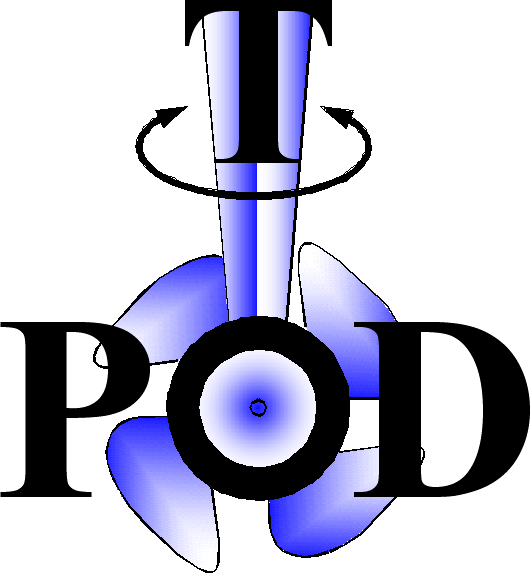|











| |
Podded drives have been developed and successfully introduced in the marked
during the last two decades. Despite of some problems of single components,
podded drives have proven their suitability and capability as the main
propulsion and steering device. They are used mostly in the segment of cruise
liners and ferries which need especially at low ship speed a good
manoeuvrability. The installed power ranges from 5 up to about 20 MW per module.
The most spectacular ship with podded drives will be launched this year: the
Queen Mary 2 with four pods totalling about 80 MW driving power. The ship with a
length over all of 345 m will have a speed of 30 kn.
In contradiction to conventional rudder propellers, podded drives produce the
lateral steering force not only by changing the propeller jet direction, but
also by using a considerable area of the shaft like a conventional rudder. In
this respect the pod can be regarded as the Sphinx of steering.
Traditional rules can not be applied on a pod due to the mixed nature of
steering device. Consequently, new approaches have to be developed based on CFD
calculations and mechanical considerations. Since the traditional rules
incorporate decades of positive experience a new approach should be based on
traditional formulae or at least should show a connection or comparative
philosophy.
The current paper deals with the steering capability of a pod. As an example a
SSP-type pod ( Siemens Schottel Propulsor) has been chosen. The calculation
results of propeller in inclined flow obtained with different methods will be
presented. Steering forces and moments are calculated with a RANSE and a Vortex-
Lattice code and correlated to those of a conventional rudder. Traditional
formulae are applied for both – conventional rudder and pod – and conclusions
are drawn, how the gap could be closed with a view on further steps in the near
future.
|


